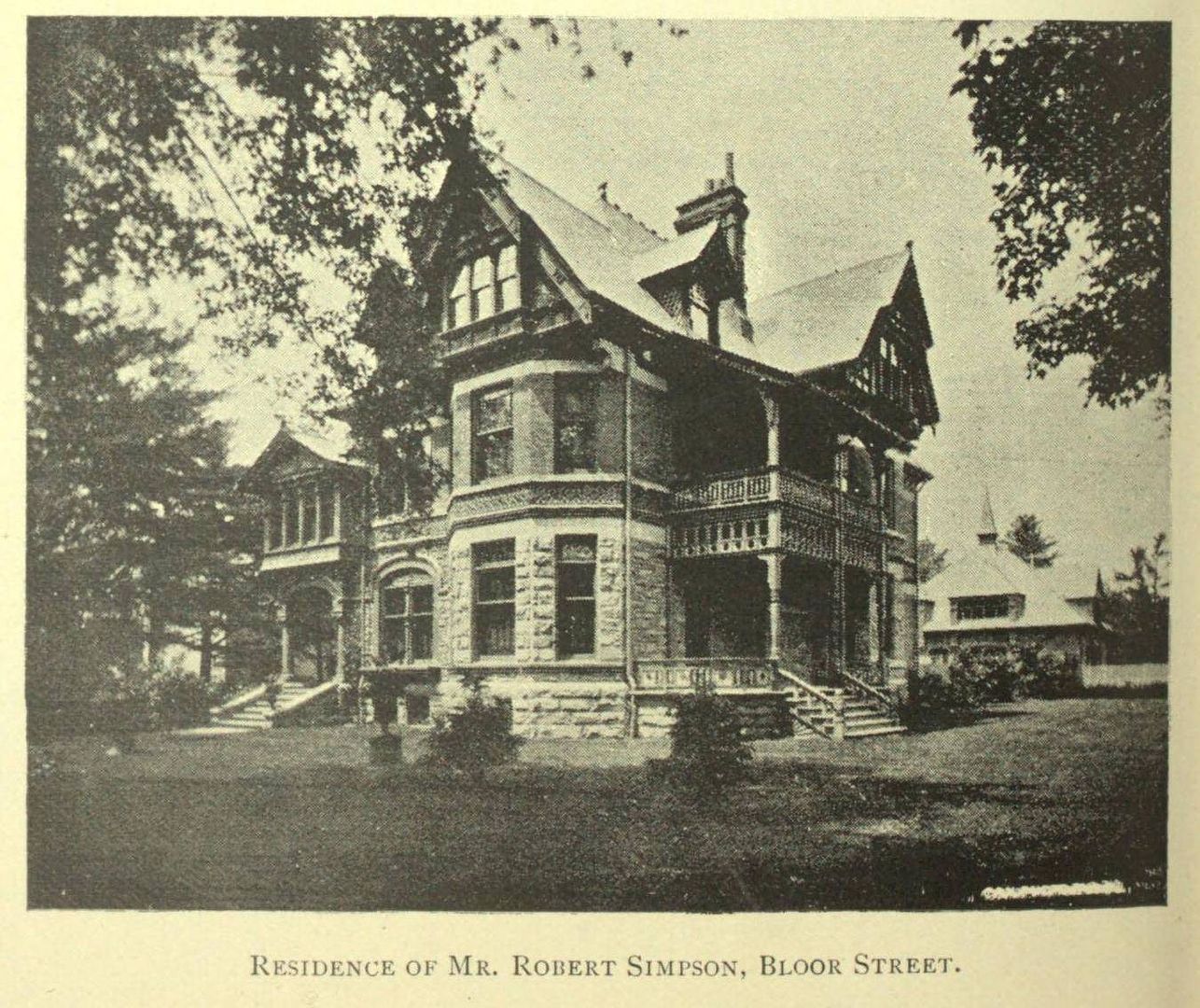Mustapha
Senior Member
Then and Now for Nov 8.
Then. Bloor Street and St. Pauls Square. 'Residence of Mr. Robert Simpson'. [I'm supposing this was the Mr. Robert Simpson, of Simpsons department store fame.] c1891. Another wwwebster sourced picture.

Now. May 2011. A new-ish office building of no particular noteworthiness stands here now. I'm not certain what stood on this corner prior to this, but I'm sure it was a commercial building that itself replaced the Simpson house many decades ago..

Then. Bloor Street and St. Pauls Square. 'Residence of Mr. Robert Simpson'. [I'm supposing this was the Mr. Robert Simpson, of Simpsons department store fame.] c1891. Another wwwebster sourced picture.

Now. May 2011. A new-ish office building of no particular noteworthiness stands here now. I'm not certain what stood on this corner prior to this, but I'm sure it was a commercial building that itself replaced the Simpson house many decades ago..

Last edited:









